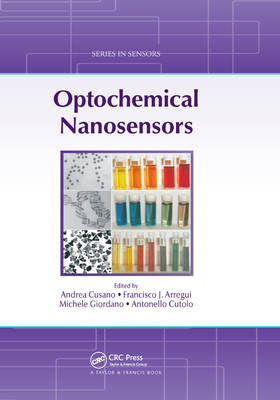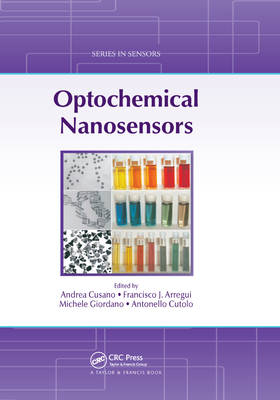
- Retrait gratuit dans votre magasin Club
- 7.000.000 titres dans notre catalogue
- Payer en toute sécurité
- Toujours un magasin près de chez vous
- Retrait gratuit dans votre magasin Club
- 7.000.000 titres dans notre catalogue
- Payer en toute sécurité
- Toujours un magasin près de chez vous
Description
Nanosized sensors enable the study of chemical and biochemical processes at a level and in dimensions that may not have been envisioned some 20 years ago. Fueled by their inherent small size and the unusual optical, magnetic, catalytic, and mechanical properties of nanoparticles, remarkable progress has been made in recent years in the development and utilization of nanosensors and optical nanotechnology will further widen the field. However, the design of new sensors requires new materials, new methods for their characterization, new optical sensing schemes, new approaches for creating nanosized structures, and new techniques for their interrogation in complex environments such as small living cells for studying biological signals or big public spaces for environmental monitoring .
Optochemical Nanosensors
covers the rapidly growing field of optical chemical nanosensing, a new and exciting area of research and development within the large field of optical chemical sensing and biosensing. Its many applications, including the detection of bioterrorist threats, food security, virology, explosive detection and more, are covered in these self-contained yet interrelated chapters. The book reviews optochemical sensors, starting from the basics in optoelectronicsand concluding with the presentation of diverse nanosensors. The authors offer insight into future trends in this growing field and present applications in the fields of medicine, security, and bioterrorism.





